Elephantiasis is a condition that features an abnormal accumulation of lymph caused by inappropriate drainage of the lymph, which leads to huge edemas. Legs are most commonly affected. Still, other parts of the body such as testicles may be enlarged as well. The skin becomes thicker, and the edema can be so huge that impedes the majority of routine activities.
Causes
Elephantiasis can be classified into two groups. The first one includes the disease caused by parasites such as Wuchereria bancrofti, Brugia timori, and Brugia malyai. The other group is non-parasitic elephantiasis. The parasites which are transmitted by mosquitoes settle in lymph nodes, and right there they obstruct lymphatic drainage. In some cases, exposure to certain toxic substances may be the cause of elephantiasis.

Symptoms
Elephantiasis presents relatively obvious symptoms, especially if the disease has progressed. Edema and great enlargement of the affected body parts are quite visible. The skin above the swellings is thick, and sometimes due to prolonged friction, there may be skin ulcers present. Increased body temperature is present in some cases.
The enlarged body parts are mostly painless. However, some patients may complain about pain in the affected area. In undeveloped parts of the world, people can get infected by the parasite, and they tend not to visit a doctor until the swelling becomes morbidly huge.
Treatment
The basic concept of the treatment is to eradicate all the parasites and their larvae that are present within the body. Albendazole and diethylcarbamazine are medications used for this purpose and are efficient in killing both adult forms of the parasite and the larvae.
In some regions of the world, patients are additionally given ivermectin. These medications may have some side effects, like increased body temperature, pain in muscles, and headache. Diethylcarbamazine is additionally helpful in reduction of the enlarged lymphatics. If, under any circumstances, a patient develops an allergy to this medication, the therapy will also include corticosteroids and antihistaminics. Even certain medications may be effective in treating elephantiasis. They include doxycycline.
The affected area must be washed and dried, and the skin has to be taken care of as there are possible complications such as skin ulcers and secondary skin infections.
If the condition is not caused by the parasite, one may be advised to keep away from potential irritants and toxic substances. Elastic bandages may tighten the extremities hence reducing the swelling.
Finally, elephantiasis of some body parts such as testicular elephantiasis may be surgically treated.
- Identified suspected cases of elephantiasis in those villages were interviewed, clinically observed, and serologically examined using filariasis test strip kits at their respective houses during day time. A midnight blood sample was obtained from all FTS positive cases for microscopic examination of Wuchereria bancrofti larva, microfilariae.
- From a total of 105 identified elephantiasis cases, 69.5% were podoconiosis cases and 30.5% were LF cases. Among 32 serologically positive cases, only 15.6% cases were found positive by parasitological blood diagnosis.
- Considerable cases of podoconiosis (37%) were at age range 26–40 years, whereas smallest cases (16.4%) were at 10–25 years.
- Among cases of podoconiosis and LF, 77 subjects have been developed overt chronic leg(s) swelling; 85.7% of them showed bilateral swelling below knee and 14.3% of them showed unilateral swelling with stage II swelling 41.1%.
- Regarding risk factors, odds of podoconiosis was greatly lower in participants who washed their legs daily when compared to those who washed their legs sometimes (P=0.002). Odds of LF was higher in people who used bed nets/IRS and they were more protected than those who did not use bed nets/IRS (P=0.03). Odds of LF was high in cases farming besides rivers and/or perform irrigation work (P=0.003). The highest silicon concentration 4.65?mg/10?gm in Urgaha is coinciding with the highest podoconiosis cases (23.3%) of the village.
- Family history was a significant risk factor for the disease (P ? 0.001). Age (26–40 years), sex, and leg hygiene were also strong risk factors.
- www.who.int/health-topics/lymphatic-filariasis
- www.healthdirect.gov.au/elephantiasis
- Photo courtesy of Salvadorjo by Wikimedia Commons: commons.wikimedia.org/wiki/File:Elephantiasis.jpg


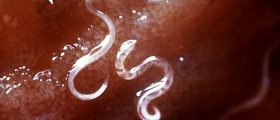
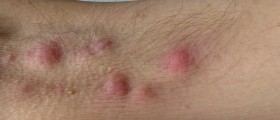
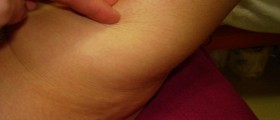
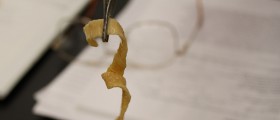
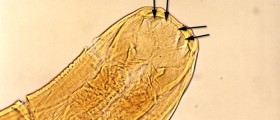










Your thoughts on this
Loading...